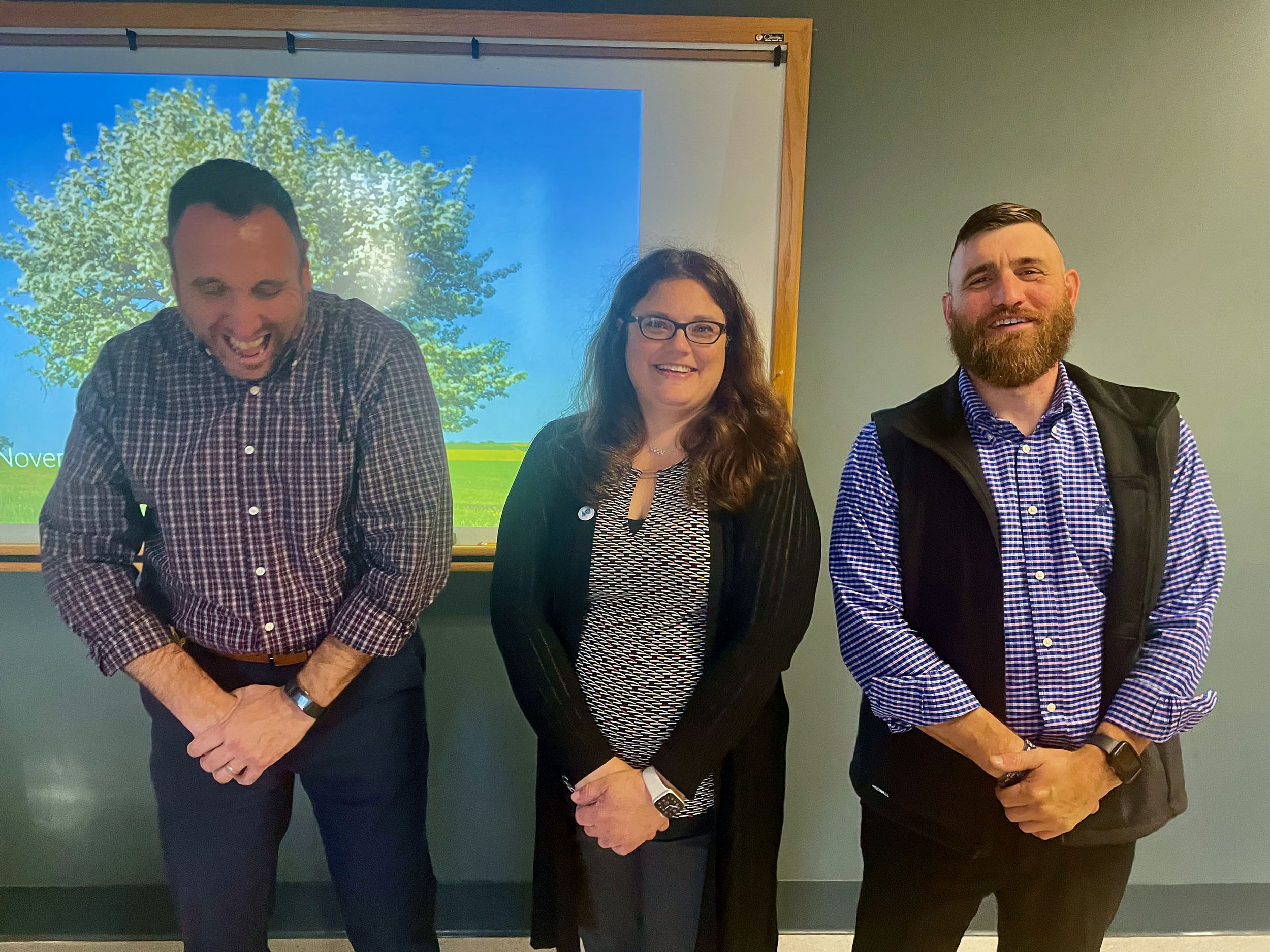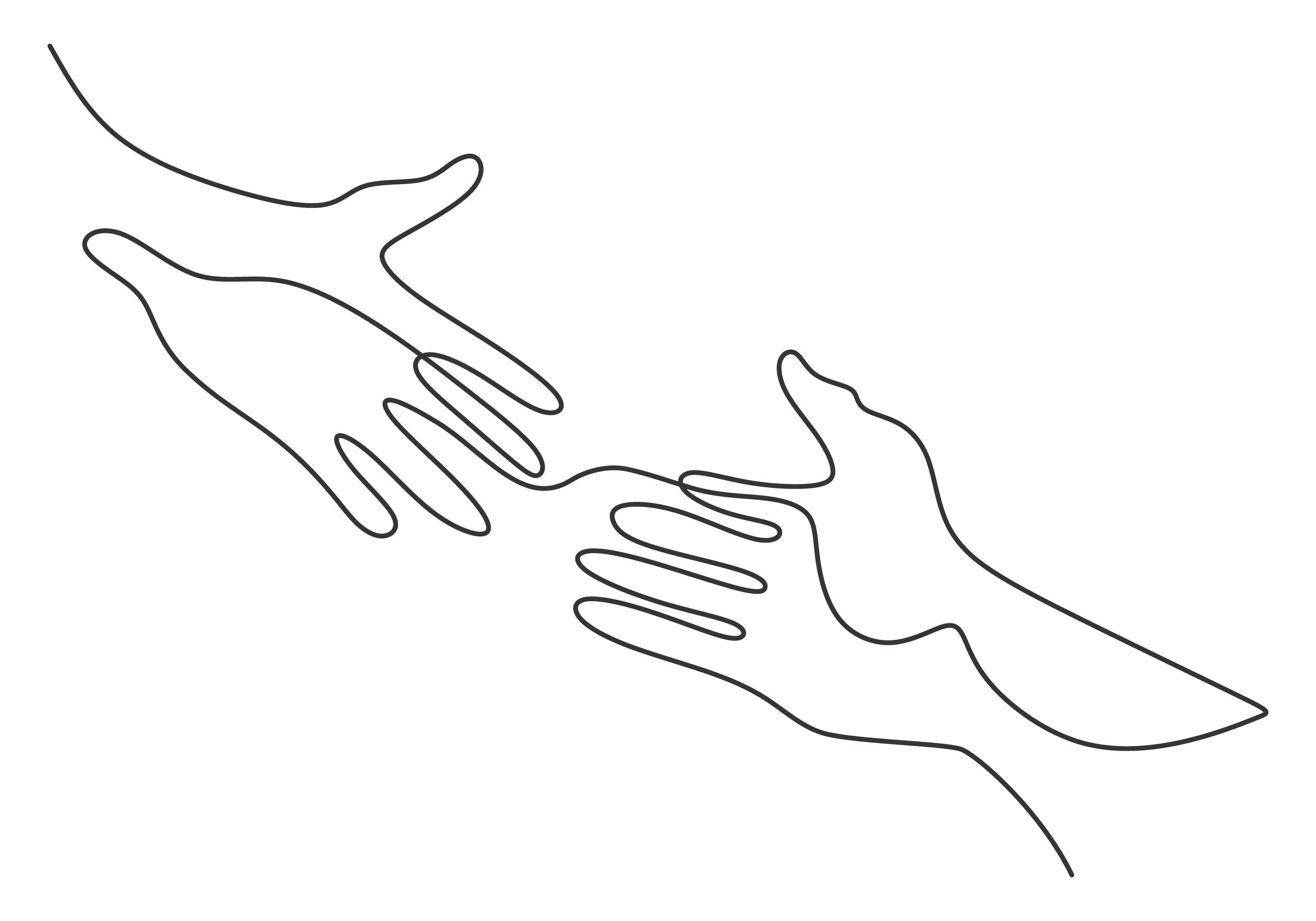Many mental health providers aren’t gun owners. Some have never held a firearm, and fewer still have learned how to use one.
For clinicians who work with veterans, that lack of knowledge can be a barrier to connecting with those who’ve served. Because for veterans, firearms are more than tools, said Jenny D’Olympia, a psychologist and U.S. Air Force veteran who served in Afghanistan and Oman. Guns are deeply ingrained in veterans’ identity and daily life, D’Olympia told me, and, for many, feel almost like an extension of their body.
“When you’re in a combat situation, it’s with you everywhere,” she said. “You take it to the bathroom. You sleep with it. Everywhere, every single place you go, it is with you. Because it could be the only difference between life and death.”
But when a tour ends, firearms take on an additional role: a risk factor. Data shows that firearm suicide is one of the leading killers of veterans once they return home — and it’s getting worse.
A recent report from the Department of Veterans Affairs highlights the trends. In 2020, veterans took their lives at a rate 57 percent higher than nonveterans. While half of nonveteran suicide deaths involve firearms, seven out of 10 veterans who die by suicide do so with a gun. From 2001 to 2020, the suicide rate for veterans increased by 36 percent, with firearm suicides rising more sharply by 45 percent. This increase persists despite millions spent on prevention efforts.
For D’Olympia, who lost her brother to suicide, the data shows that something needs to change.
In 2022, D’Olympia teamed up with Iraq veteran Kevin Lambert and Bosnia veteran Jay Ball to start making that change, launching a pilot program in Massachusetts. It trains people who work with veterans — mental health providers, mental health students, school administrators, community health workers, and law enforcement agents, among others — on how to effectively and respectfully approach them about safer firearm storage.

D’Olympia, the head of William James College’s Military and Veterans Psychology program, noticed early in her career that many of her peers in mental health had little exposure to firearms. Even when presented with someone showing signs of crisis and easy access to firearms, they were afraid to say the word “gun” — and even if they did, they often approached it from a less-than-effective angle. Without knowing the culture and vocabulary of a gun owner, her colleagues often presented interventions as binaries: Keep the gun or get rid of it; store it safely or don’t.
For veterans who own guns, the first binary has already been decided. There’s little if any chance that a veteran will voluntarily get rid of their guns.
“We’re not talking to people who are considering ‘should I have a firearm or not,’” D’Olympia said. “We’re talking to people who already have a firearm, and they’re not going to get rid of it. So it’s not useful or helpful to tell people that.”
That’s where the knowledge of firearms and firearm ownership culture comes into play. Research has shown that psychiatrists informed about gun safety were 14 times more likely to counsel their patients on firearms. There’s a spectrum of options practitioners can suggest for safer firearm storage, beyond the binary of “safe or unsafe,” that can create a buffer between impulse and action.
People who die by suicide often do so abruptly, with little planning or forethought. A 2021 study found that many people who attempt suicide rapidly transition from an impulse decision to die, to action, with 44 percent doing so within 10 minutes. An earlier study found the percentage to be as high as 75 percent. When firearms are involved, few people survive. The barrier is lower for veterans, 45 percent of whom own guns, which is nearly twice the rate of the general population. Firearms, specifically unsecured firearms, are a significant risk factor for suicide mortality. A recent Veterans Affairs report showed that 29 percent of veterans had access to unsecured firearms.
“If it’s just sitting there on the night table, locked and loaded, there’s nothing to prevent you from taking action,” D’Olympia said.
In D’Olympia, Lambert, and Ball’s training, participants learn everything from state firearm laws to conducting a suicide risk assessment with firearms in mind. After that guidance, Lambert, a certified firearms instructor, brings out the guns. He goes over the inner workings, safety, and why veterans like himself feel attached to their firearms. And then the participants have the option to handle the metal.

At the heart of the program is teaching the practitioners how to engage in safer storage conversations with an understanding of veterans’ connection to their firearms, and to generate suggestions, questions, or ideas that could prod a veteran in their care toward creating some separation between themselves and their firearm. And even if you can’t get somebody to have the best safer storage practices all the time, you can maybe get them to make a safety plan and do it some of the time, like when they’re heading into a period of turmoil or instability.
D’Olympia and her colleagues focus on the spectrum of options to add some time, space, and decision points between the thought and the action. That ranges from complex locking mechanisms to gun safes personalized with family pictures as visual reminders about the joys of life or written lists of reasons to live stored in ammo boxes. In times of instability, veterans could temporarily store their firearms, the keys to a firearm safe if they have one, or even their gun’s firing pin with trusted neighbors. There are other temporary out-of-home storage options, too, like with local police departments or gun shops.
D’Olympia said one of veteran gun owners’ biggest fears is that they’ll have their guns taken away if they seek help or acknowledge a mental health challenge. So it’s important to emphasize that taking proactive steps can help them maintain control over their firearms so that someone else doesn’t.
If a gun’s locked up safely, it not only puts time between suicidal thought and action, but also between a threat and the protection a gun could provide. Safer storage conversations also need to address that, D’Olympia said, and veterans’ desire to protect themselves and their families. That includes possible temporary replacements for that sense of security, whether it be an alarm system or a dog.
So far, the team at William James has held 11 full trainings and two mini trainings. From the first time they opened sign-ups, the program has generated a waitlist. The initial session had 65 registrations, with room for just 20.
When you were in elementary school, you learned how to stop, drop, and roll. You don’t wait ’til your house is on fire and your leg is burning off to learn.
Jenny D’Olympia, a psychologist and U.S. Air Force veteran who served in Afghanistan and Oman
An early internal evaluation of the program found statistically significant increases in participant knowledge, competence, and comfort in discussing firearm safety with veteran clients. While there is evidence that safety planning and lethal means counseling can result in sustained changes in firearm storage, and prevent suicide, it’s too soon — and this pilot too limited — to definitively know whether this particular strategy could significantly reduce suicide among a broader population.
But the team hopes that with more resources and funding, they could expand beyond mental health providers to include other professionals, acknowledging that more than half of those who die by suicide may not have a mental health diagnosis. Their goal is to broadly integrate firearm safety into public health interventions by developing a “train-the-trainer” program and extending its reach to nonveteran populations.
“This has to be a public health intervention,” Sonia Suri, the director of program development, monitoring, and evaluation at William James’ Military and Veterans Psychology program, said during a presentation on the pilot at the American Public Health Association conference in Atlanta in November. “Every point of contact should be able to have this discussion with veterans and anybody who wants firearms.”
Those conversations should be happening with everyone before there’s an indication of depression, suicidality, or intent — because there may never be one, D’Olympia said. “When you were in elementary school, you learned how to stop, drop, and roll. You don’t wait ’til your house is on fire and your leg is burning off to learn. What do I do when my leg’s on fire? It’s too late.”
D’Olympia hopes the harm reduction idea will ripple out beyond veterans, because the binaries just aren’t working.
“We’ve had that discussion, and it hasn’t changed,” she said. “If you want to get something different, you have to do something different. Otherwise, you’re gonna keep getting what you’ve always got — or more of it.”


